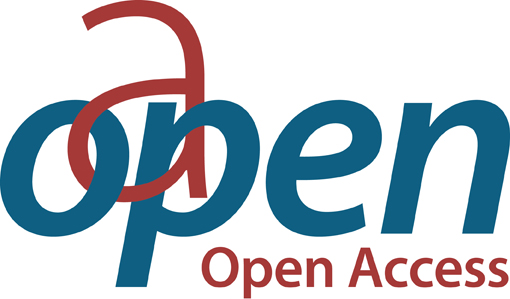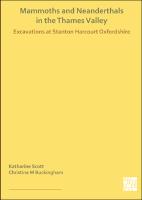Mammoths and Neanderthals in the Thames Valley
Author(s)
Scott, Katharine
Buckingham, Christine
Collection
Knowledge Unlatched (KU)Language
EnglishAbstract
Today the Upper Thames Valley is a region of green pastures and well-managed farmland, interspersed with pretty villages and intersected by a meandering river.
The discovery in 1989 of a mammoth tusk in river gravels at Stanton Harcourt, Oxfordshire, revealed the very different ancient past of this landscape. Here, some 200,000 years ago, mammoths, straight-tusked elephants, lions, and other animals roamed across grasslands with scattered trees, occasionally disturbed by small bands of Neanderthals.
The pit where the tusk was discovered, destined to become a waste disposal site, provided a rare opportunity to conduct intensive excavations that extended over a period of 10 years. This work resulted in the recording and recovery of more than 1500 vertebrate fossils and an abundance of other biological material, including insects, molluscs, and plant remains, together with 36 stone artefacts attributable to Neanderthals. The well-preserved plant remains include leaves, nuts, twigs and large oak logs. Vertebrate remains notably include the most comprehensive known assemblage of a distinctive small form of the steppe mammoth, Mammuthus trogontherii, that is characteristic of an interglacial period equated with marine isotope stage 7 (MIS 7).
Richly illustrated throughout, Mammoths and Neanderthals in the Thames Valley offers a detailed account of all these finds and will be of interest to Quaternary specialists and students alike.
Keywords
Social Science; Archaeology; Science; PaleontologyISBN
9781789699654Publisher
Archaeopress PublishingPublisher website
https://www.archaeopress.com/Publication date and place
2021Imprint
Archaeopress PublishingClassification
Archaeology
Palaeontology


 Download
Download